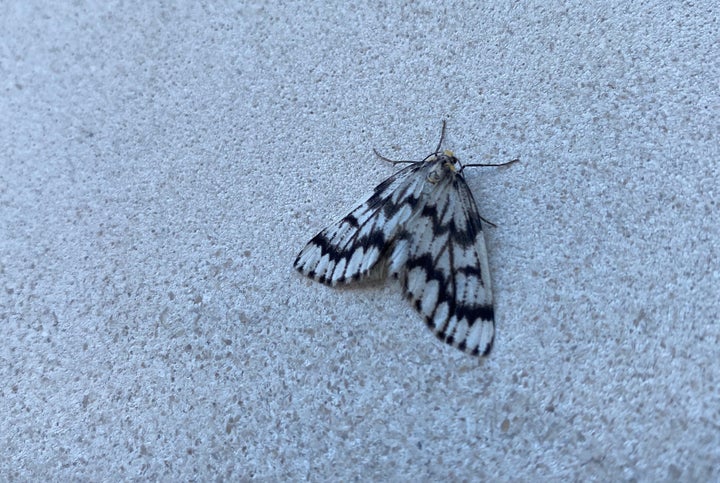
2020 has thrown a lot at us. The COVID-19 pandemic. Murder hornets. A literal garbage fire.
But Vancouver residents are currently in the midst of another 2020 apocalyptic happening.
Moths. Millions and millions of moths.
They’re in our streets. They’re on the bus. They cluster around street lights at night in swarms, foreshadowing some darkness we don’t yet know. Their little corpses litter the sidewalk seemingly everywhere. They’ve even somehow found a way to fly up 27 floors and desperately cling to the outside of my apartment window — there’s literally one fluttering beside me as I write this.
The mothpocalypse is real, and I really do hate it.
Metro Vancouver residents started noticing the insect influx last week and most of them, understandably, were not happy with 2020’s latest “WTF” moment.
But unlike so much of what has happened this year, there’s a somewhat logical explanation for the flying fiends of doom. They’re western hemlock loopers, and pose little threat to people. But they can be a big problem for B.C.’s forests.
Western hemlock loopers experience a surge in population — ironically called an “outbreak” — roughly every 11 to 15 years on B.C.’s coast, and every 20 years in the interior. And although outbreaks are usually short-lived (lasting around one to three years), they can be devastating to B.C.’s forests.
Western hemlock loopers mostly feed on trees, particularly hemlock and Douglas fir trees. They decimate the foliage, resulting in a loss of wood for timber and increasing fire risk.
WATCH: Scientists find deaf moths use acoustic resonance to absorb sound. Story continues below.
B.C. has existing strategies to deal with outbreaks, including biological insecticides and promoting mixed-species forests that are less attractive to the moths.
But this year’s outbreak is already shaping up to be particularly bad — an estimated 2,000 hectares of B.C. forest is already thought to be affected.
The moths largely die off when colder weather arrives in October, so expect the fluttering friends on Vancouver’s streets to be replaced by little moth corpses in a few weeks.
Truly a fitting image for the last months of 2020.